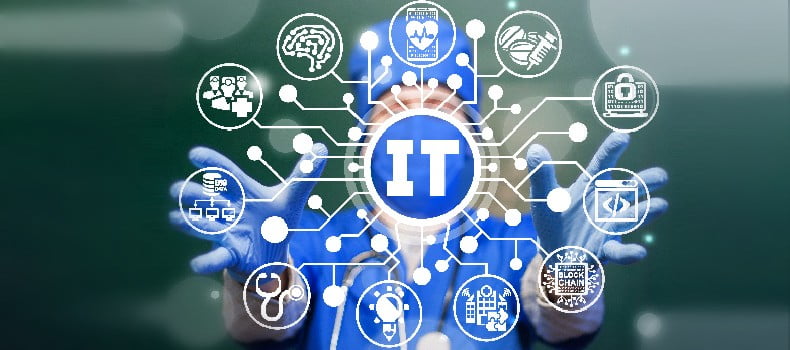
With continuing improvements in high-quality motors used in medical devices,doctors are now able to detect and treat more conditions than ever before. It’s hard to deny how crucial these tools have been to improving the quality of life for people from all walks of life. In this article, we’ll discuss three important medical devices andhow they help save or improve the lives of so many people.
- Ultrasound Transducers
There are many conditions that cannot be detected with a simple physical examination. This is why so medical professionals have come to rely on ultrasound technology for detecting life-threatening conditions within the human body.Because of ultrasound devices, physicians do not have to conduct any physically invasiveprocedures just to examine the patient.
As the name suggests, ultrasound machines rely on capturing and translating sound waves into images that can be visually analyzed.With these tools, it has become possible for physicians to examine bodily organs, blood flow, and even detect conditions such as breast cancer. This also allows physicians to check on developing babies to ensure that they are growing healthily and without abnormalities. The best part is that ultrasounds do not cost anywhere as much as a surgical procedure does, making it more accessible for patients. These machines are also portable, so emergency medical personnel can easily bring them to administer first aid. Thus, they can immediately examine the patient no matter where they happen to be located.
- Exoskeletons
For patients struggling with paralysis, the idea that they may never be able to walk again can be soul-crushing. However, exoskeletons are now making it possible for these patients to regain their ability to move freely. Exoskeletons are basically a type of robot that patients can wear on the affected limbs. These devices, powered by motors, use electro-simulation in order to detect how the patient normally moves. Then, it goes on to replace or enhance the patient’s movements.
Though they may not be able to reverse the patient’s condition, they can help the patient get enough exercise. This ensures that their conditionwillnot worsen due to prolonged sitting, lying down, or standing.These exoskeletons are also developed for workers who do a lot of manual labor. By wearing these devices, they can carry out strenuous physical tasks more easily with less risk of injury.
- Surgical Robots
In order for anybody to become a medical surgeon, one must invest hundreds if not thousands of hours just to hone their skills. This profession requires a high degree of dexterity as well as incredibly precise motor control. However, there are some operations wherein open surgery may be too difficult to pull off manually. With the creation of surgical robots, however, surgeons can now operate even in very tight spaces that are normally inaccessible through open surgery.
Because it’s less invasive than traditional surgery, fewer incisions are created, which means less pain and scarring for the patient. At the same time, these robots provide the surgeon with so much more control, accuracy, and flexibility.
These examples are just a few of the many medical devices that have saved countless lives over the years. As the technology continues to develop, so, too, will the techniques used to aid people in need of medical assistance.








